NAD has recently had success with small but serious amplifiers, where you only need a pair of speakers to get a complete system. At the more expensive end we have the M10, which has everything you need in one box, including the streaming platform BluOS – which is the same as in Bluesound’s products. Including the Powernode amplifier. NAD and Bluesound share the same DNA.
And that’s fine, because BluOS offers much of the same ease of use as Sonos and also doesn’t discriminate between high-res streaming services. In fact, you get MQA support from Tidal as well as high-quality PCM (up to 192 kHz) from both Qobuz and Amazon. The app doesn’t have Apple Music built in, though, so the best you get there is 16-bit/44 kHz via AirPlay.
The M10 V2 also has advanced room correction in the form of Dirac Live, and also outputs 100 watts into 8 ohms. But if you think €2,200 is overkill for a small (but highly capable) power amp, and you don’t think you need room correction either, then the scaled-down C 700 might be just the ticket.
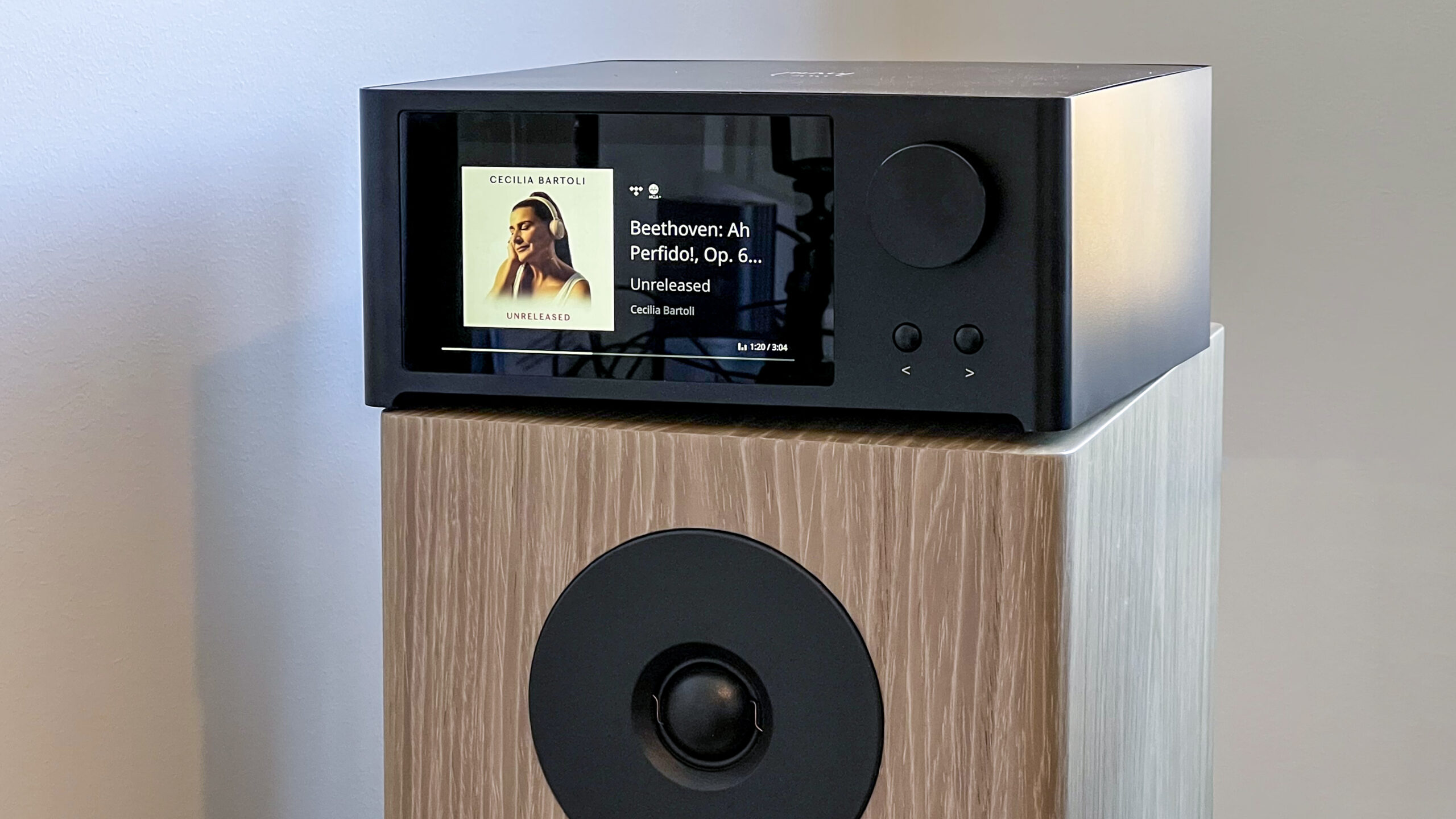
C 700 – a simpler M10
The C 700 costs about half as much as the M10 V2, but offers much of the same. It also has BluOS and a nice screen that covers most of the front. But not quite like the M10 V2, which has full touch controls.
The power amp stage is somewhat simpler on the C 700, with a slightly lower output of 80 watts into 8 ohms. That’s the same power as the Powernode, and we didn’t exactly miss power there. Although, of course, the amp runs out of steam at some point.
The tiny streaming amplifier has gotten even better.
Neither amp has turntable inputs, but they do have analog inputs in addition to digital. Including an HDMI input with eARC, which means it gets high-resolution audio out of the TV.
The C 700 has a simpler chassis than the M10 V2, which has real glass and thicker metal. There’s a slightly more plastic feel about the C 700.
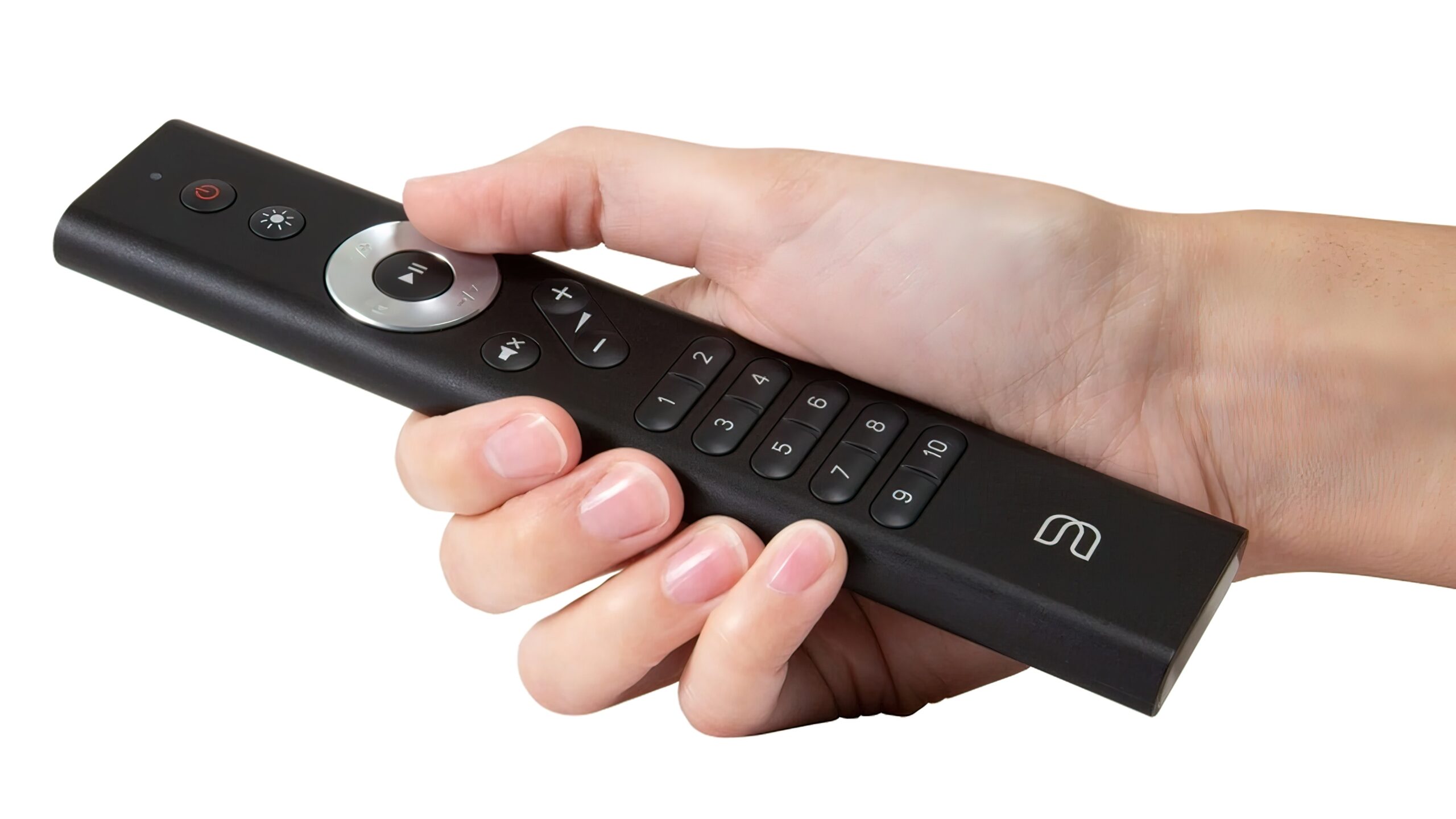
Remote control is optional
One thing you immediately notice when you open the box is that no remote control is included with the C 700. The Bluesound RC1 does, however, come with the M10 V2. It also works with the C 700 and can be bought as an option if you don’t like using your mobile phone.
The volume wheel on the front panel does go a long way. And two physical buttons on the C 700 allow you to jump back and forth in playlists or switch between radio stations. It also has internet radio.
Ease of use
The first time you connect the C 700, it goes into hotspot mode, sharing a Wi-Fi network to which the phone is connected in the settings. iPhone users are automatically redirected to their preferred network, while Android users have to go into the BluOS app and continue the setup there. But don’t worry – it’s easy.
From there, you name the product, choose one or more streaming services to sign in to, and then you’re ready to stream away.
There’s no USB DAC input for PC users, but many computers have optical digital outputs that you can use instead.
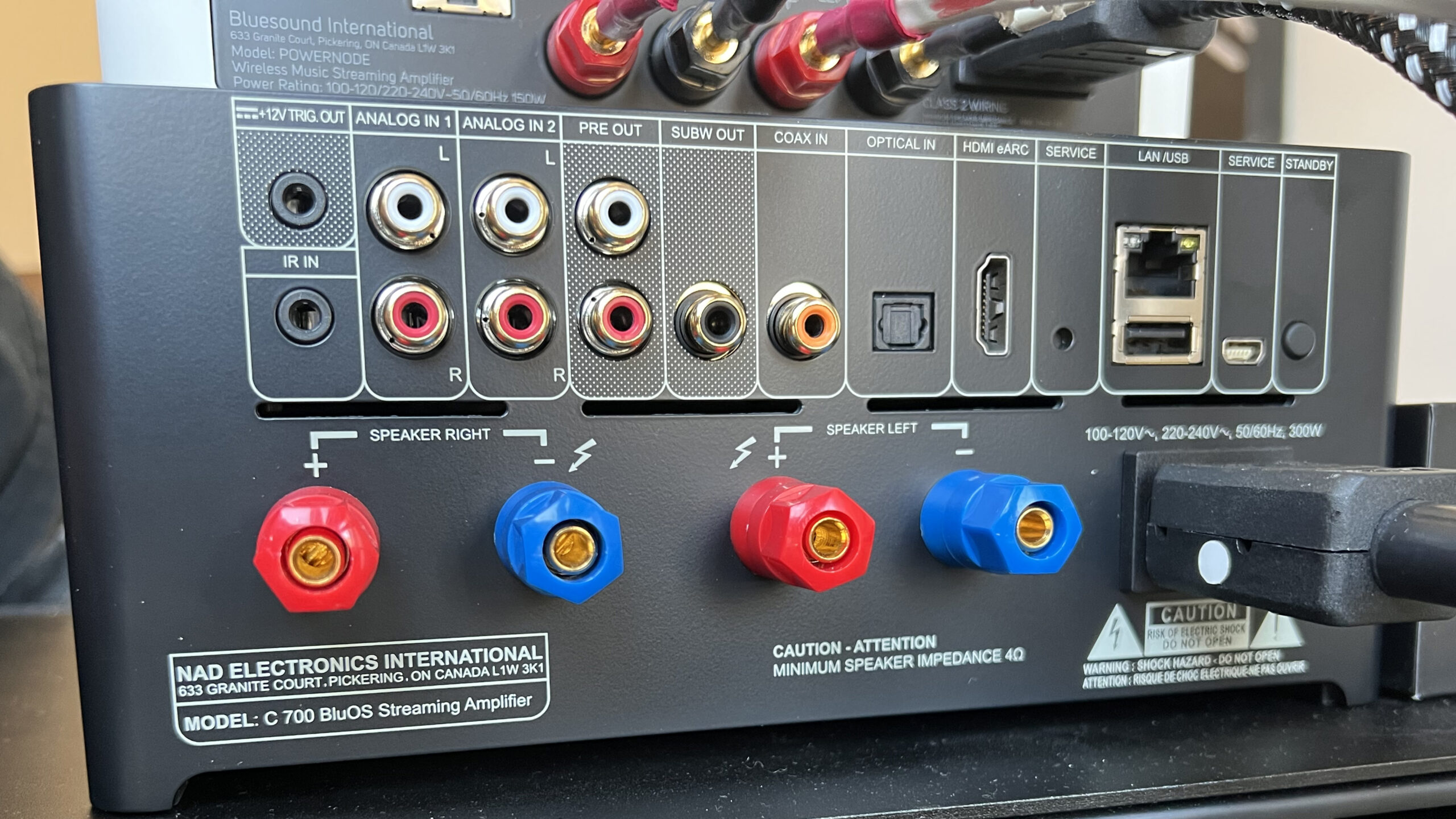
Good display
I like the display on the C 700, which shows the cover from the tracks being streamed. If you use one of the inputs instead, the display turns into a VU meter with two hands waving back and forth in time to the music. Here the C 700 wins over the Bluesound Powernode, which has only blue lights on the front. On the other hand, the Powernode has a headphone output, which is missing on the C 700.
All indications are that High End 2022 in Munich was a resounding success.
I do miss info on the digital resolution of the audio signal. NAD could have put that to good use, as many hi-fi enthusiasts like to see what kind of file is being streamed. The MQA logo, on the other hand, shows up on relevant content.
Otherwise, the mobile phone is used to control the music, and it works fine. If the amplifier is connected to the TV’s HDMI input marked ARC or eARC, the TV remote can be used to control volume.
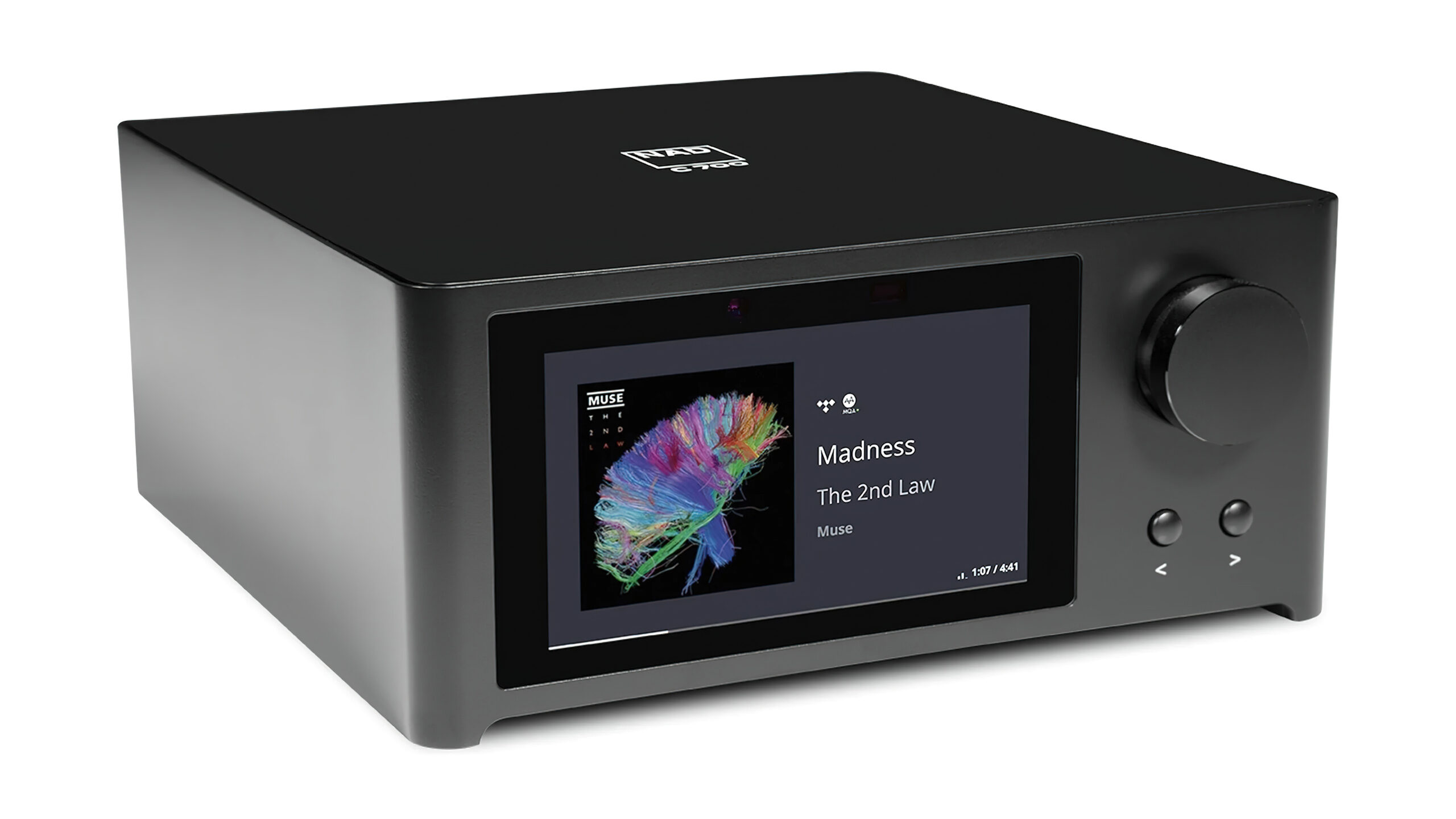
The sound of the NAD C 700
As for the sound, I’m thrilled with the tight sound with much better control over the eminent compact speakers Dynaudio Evoke 20 than you would think beforehand.
Or rather, I really knew that after a recent rehearsal with the aforementioned Powernode amp from Bluesound. The DNA is shared on the sound side too, and the NAD amplifier keeps mezzo-soprano Cecilia Bartoli on a tight leash. Her voice stands out open and clear from the strings, and there’s no detail in the music that escapes me.
Pop music has a tight bass drum and nice textures in the bass notes overall. The soundscape is open and honest, and all instruments are rendered with their sound structure intact; nothing is missing here.
At least, not much. What I do think is a little lacking, however, is warmth. The tight and concise sound can occasionally lean towards the clinical and sterile.
Room correction, streaming and MQA. The NAD M10 is packed with features that are rare in this class.
Putting the amp up against the Primare I15 Prisma, I think the latter with its Hypex amplifier module draws out the details in a slightly more natural way. A little warmer, a little airier. But also the I15 must be characterized as neutral, which I did when I tested it. It’s even more resolved than the NAD, but lacks a bit of punch in return.
It will be a matter of taste, but if I were to have an amplifier where I mostly listened at moderate sound levels, I would probably say that the Primare amplifier is better. It also has more digital inputs, not least the USB DAC input.
But the NAD amp is easier to relate to, where the Primare I15 has an almost unreadable display with way too small font. It is therefore not unlikely that I would have chosen the NAD amplifier of the two anyway, but if I had to spend my own money, I would still have bought the much cheaper Bluesound amplifier.
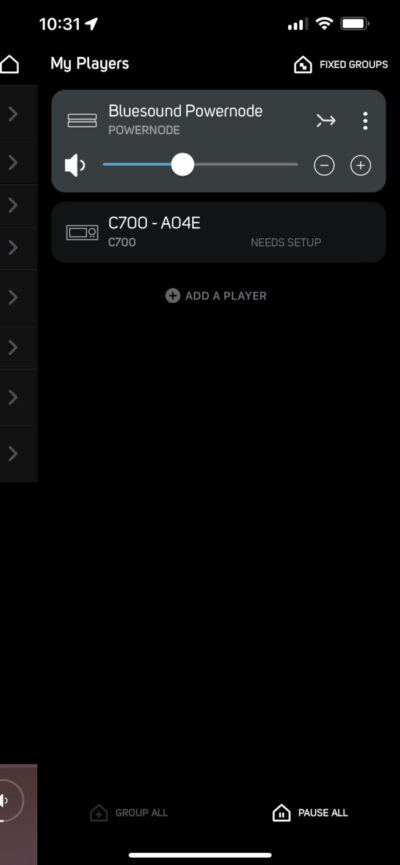
Conclusion
The NAD C700 is a small amplifier that doesn’t sound small at all. It has convincing control over the speakers, and it takes all music in stride. It doesn’t sound at all like it only has 2 x 80 watts to contribute in the power department!
It’s primarily the tightness of the bass, but also the clarity of the midrange that makes the C700 impress. It lacks just the last of the micro detail and air right at the top, but boy does it make up for it on rhythm and drive. If you don’t need room correction, the C700 offers even more bang for your buck than big brother M10.
Unfortunately for NAD, there’s also the Bluesound Powernode, which costs considerably less than the C700. It has no display, but does have a headphone output and otherwise sounds very similar to the NAD. We had hoped that the C700 would be clearly better than the Powernode, but it’s not, as far as we can tell.
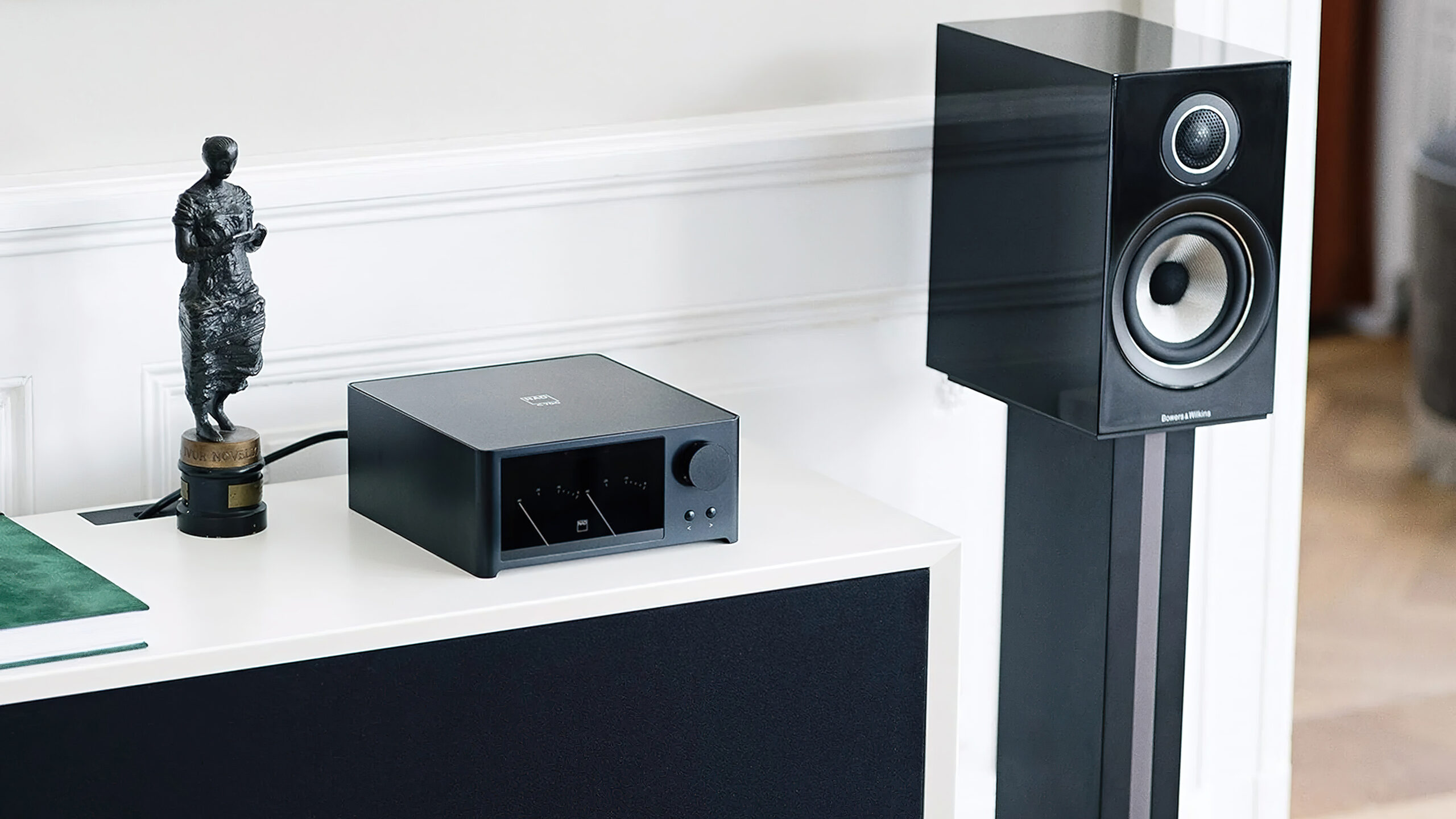

We think
Tight and powerful sound, good connectivity and a large, clear display. We could wish for a little warmth in the sound.
1490 €
Specifications
- Output power: 2 x 80 W into 8 ohms, 2 x 100 W into 4 ohms
- Damping factor: 90
- Inputs: 2 x RCA, optical, coaxial, HDMI (eARC), USB-A, Ethernet, IR in
- Outputs: pre out RCA, subwoofer, 12 V trigger
- Streaming technologies: AirPlay 2, Spotify Connect, Tidal Connect, Bluetooth (aptX HD, 2-way)
- Other: BluOS remote control (optional)
- Dimensions and weight: 9.6 cm x 21.8 cm x 26.6 cm / 4.8 kg
- Colour: Black
- Web: nadelectronics.com
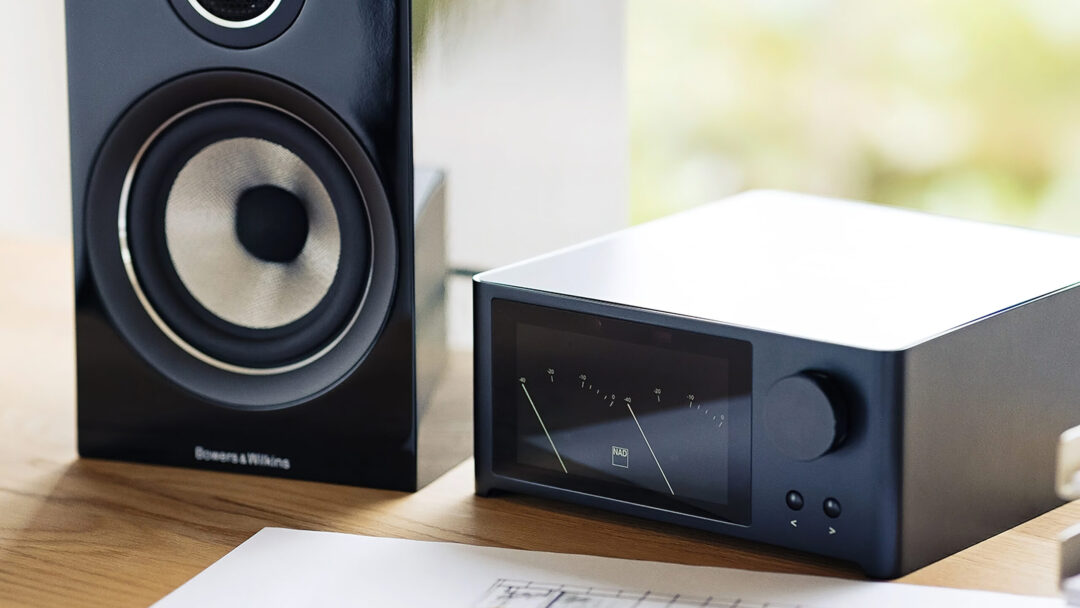

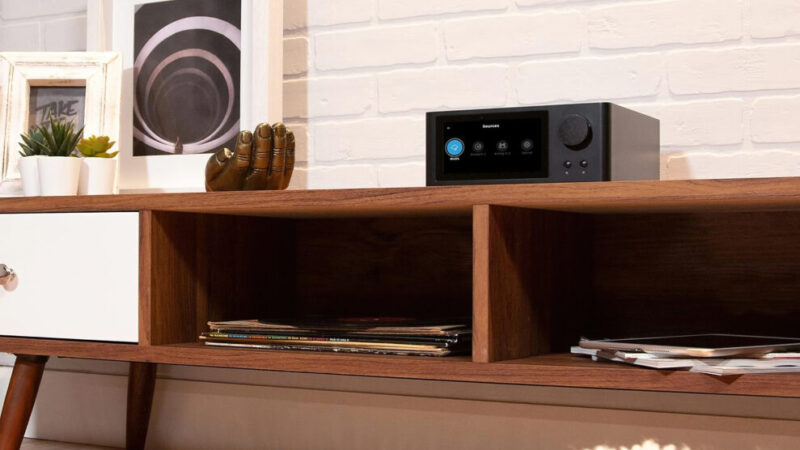
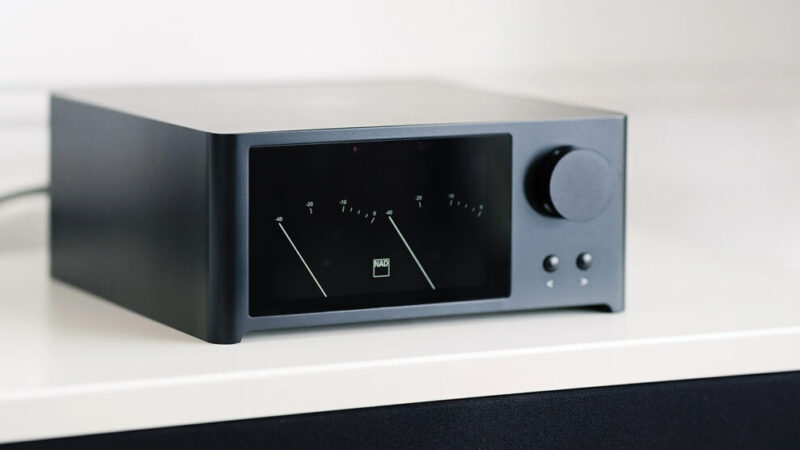
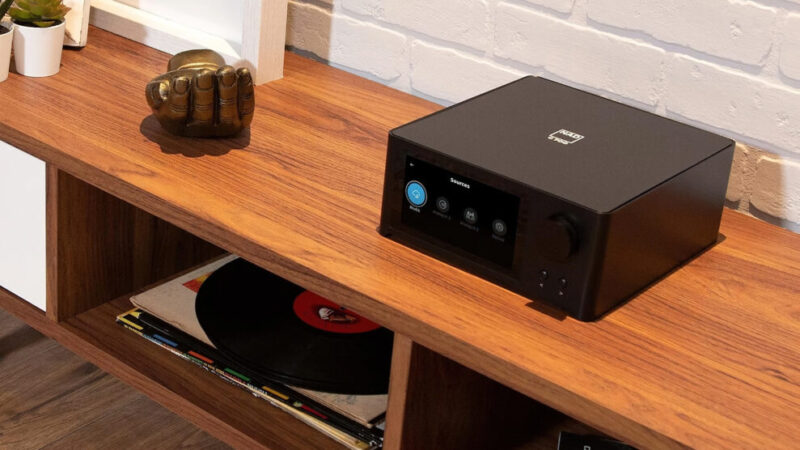
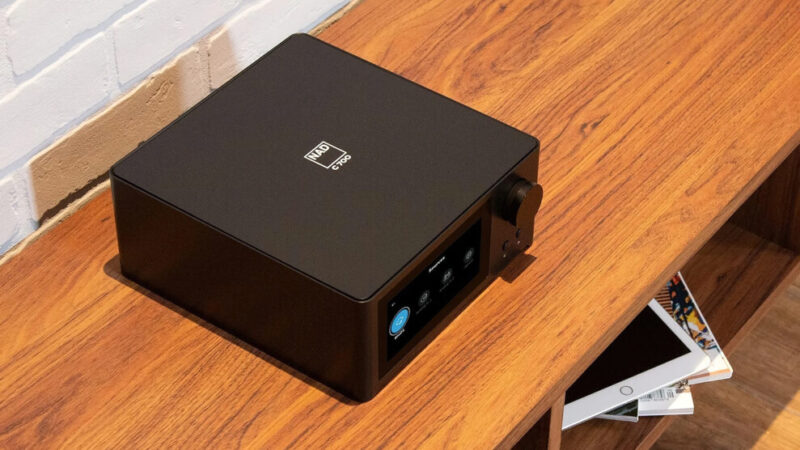
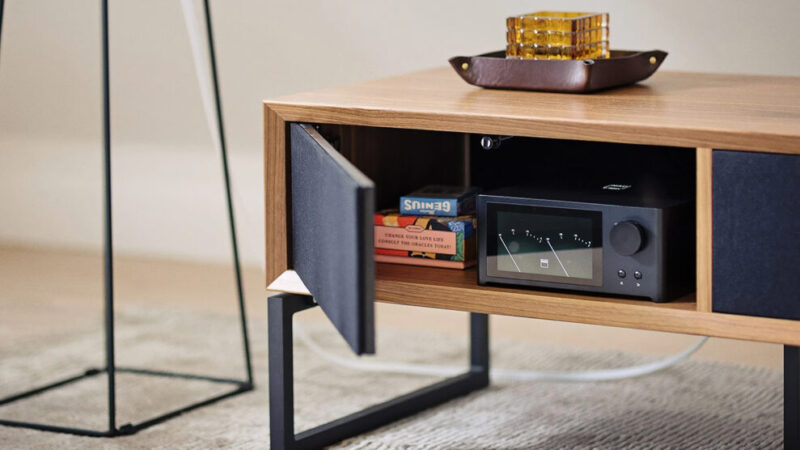
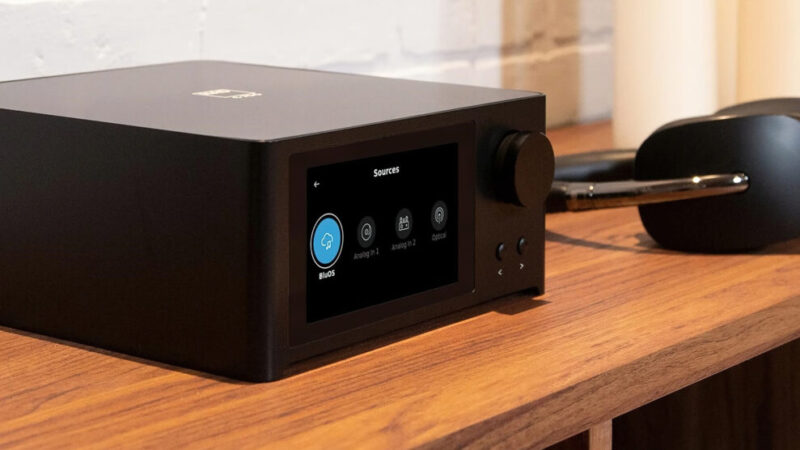
I was interested in your conclusion vs PowerNode, apart from the absence of headphone output, are we talking about identical amplifiers (C70 and PowerNode) soundwise?
The Bluos app is garbage. Constant connectivity issues.